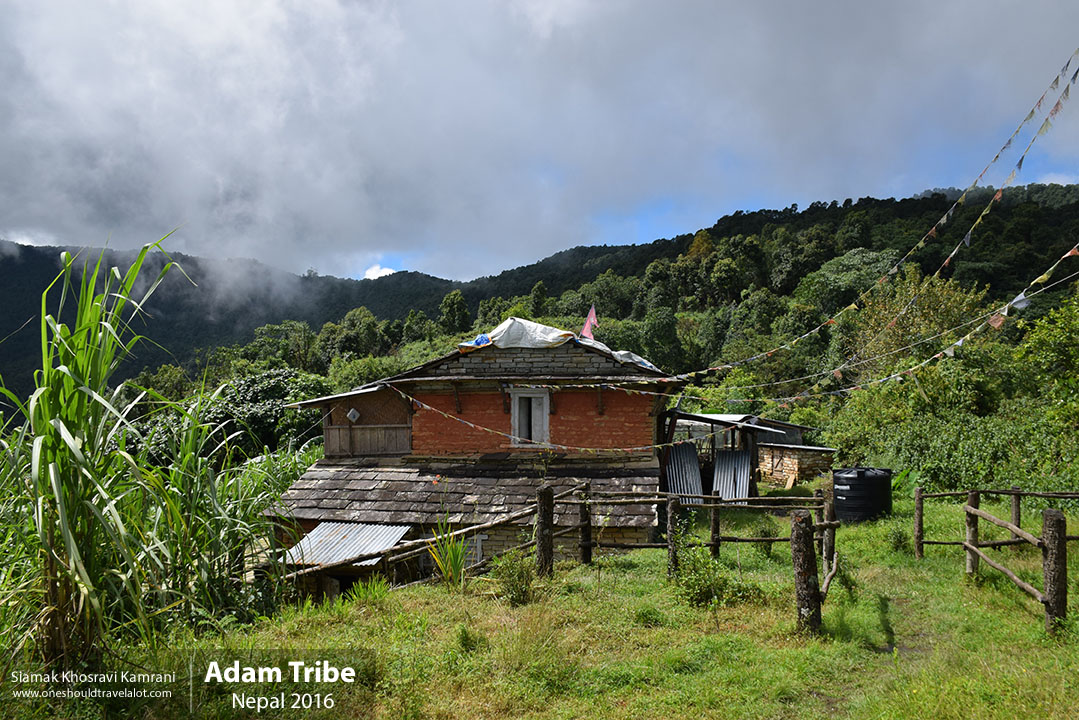Exploring the Enchanting Kathmandu: A Photographer’s Journey
Arrival in the Heart of Nepal
As the plane descended into Tribhuvan International Airport, the first thing that struck me was the breathtaking panorama of the Himalayan range. Stepping off the plane, the crisp mountain air filled my lungs, a refreshing change from the hustle and bustle of previous destinations. Kathmandu, the capital city of Nepal, awaited me with its rich tapestry of culture, history, and spirituality. As a young photographer eager to capture the essence of each place I visit, Kathmandu promised an abundance of stories waiting to be told through my lens.
A Kaleidoscope of Cultures
Kathmandu is a melting pot of cultures, with a vibrant blend of Hindu and Buddhist traditions. This cultural diversity is palpable as soon as you step onto the city streets. My journey began in Thamel, a bustling neighborhood known for its narrow alleys lined with shops, cafes, and guesthouses. The aroma of incense mingled with the scent of freshly brewed coffee as I navigated the labyrinthine streets. The people of Kathmandu, with their warm smiles and welcoming nature, made me feel at home immediately.
The Majestic Durbar Square
My first stop was Durbar Square, a UNESCO World Heritage Site located in the heart of Kathmandu. This historic square is a photographer’s paradise, with its intricate wooden carvings, ancient temples, and palaces. The Hanuman Dhoka Palace, the residence of the Malla kings, stands as a testament to the city’s regal past. I spent hours wandering through the square, capturing the architectural marvels and the everyday life of the locals.
One of the most striking sights was the Kumari Ghar, the residence of the living goddess, Kumari. This young girl, chosen through a rigorous selection process, is revered by both Hindus and Buddhists. The sight of her, dressed in traditional attire and adorned with jewelry, was a poignant reminder of Kathmandu’s deep-rooted spiritual traditions.
Embracing Spirituality at Swayambhunath
Next, I made my way to Swayambhunath, also known as the Monkey Temple. Perched atop a hill, this ancient stupa offers panoramic views of the Kathmandu Valley. The stupa, with its iconic eyes of Buddha, is a symbol of enlightenment. Climbing the 365 steps to the top was a journey in itself, with monkeys playfully darting around and prayer flags fluttering in the breeze.
At the summit, I was greeted by a serene atmosphere, with monks chanting prayers and spinning prayer wheels. The stupa’s golden spire gleamed in the sunlight, and I felt a profound sense of peace. Capturing the spiritual essence of Swayambhunath through my camera lens was an experience I would cherish forever.
The Bustling Markets of Asan
To experience the daily life of Kathmandu’s residents, I headed to Asan, one of the city’s oldest and busiest markets. The market is a sensory overload, with vendors selling everything from fresh produce to spices, textiles, and traditional handicrafts. The vibrant colors and the cacophony of sounds created a lively backdrop for my photography.
As I wandered through the market, I couldn’t resist trying some local delicacies. Momo, a type of dumpling, quickly became my favorite. These steamed or fried parcels filled with meat or vegetables are a staple in Nepalese cuisine. Another must-try was Newari cuisine, known for its rich flavors and unique ingredients. Savoring these dishes gave me a deeper appreciation of the local culture.
The Sacred Pashupatinath Temple
A visit to Kathmandu would be incomplete without exploring Pashupatinath Temple, one of the most sacred Hindu temples in the world. Located on the banks of the Bagmati River, this temple complex is a significant pilgrimage site. The main temple, dedicated to Lord Shiva, is an architectural masterpiece with its pagoda-style design and intricate wood carvings.
Witnessing the evening aarti ceremony was a profound experience. As priests chanted mantras and devotees lit oil lamps, the air was filled with a spiritual energy. The sight of the Bagmati River, with its ghats where cremation rituals are performed, added a somber yet deeply moving dimension to my visit. Capturing these moments on camera was both a privilege and a responsibility, as I sought to convey the sacredness of this place.
Discovering Boudhanath Stupa
Another spiritual landmark that left an indelible mark on me was Boudhanath Stupa. This massive stupa, one of the largest in the world, is a focal point for Tibetan Buddhism in Nepal. The stupa’s white dome, adorned with thousands of prayer flags, stands in stark contrast to the blue sky.
Walking around the stupa, I was immersed in the rhythmic chants of monks and the sound of spinning prayer wheels. The atmosphere was meditative, and I found myself lost in contemplation. Boudhanath is not just a place of worship but a vibrant community hub, with monasteries, cafes, and shops surrounding the stupa. It was a joy to capture the harmonious blend of spirituality and daily life through my camera.
Exploring Patan: The City of Fine Arts
A short drive from Kathmandu brought me to Patan, also known as Lalitpur, the City of Fine Arts. Patan’s Durbar Square is a treasure trove of Newari architecture, with its beautifully crafted temples, courtyards, and statues. The Krishna Mandir, a stone temple dedicated to Lord Krishna, is a highlight with its exquisite carvings.
Patan is also home to numerous art galleries and workshops, where traditional crafts such as pottery, metalwork, and thangka painting are practiced. Visiting these workshops gave me insight into the artistic heritage of the region. I was particularly fascinated by the meticulous process of creating thangka paintings, which are intricate religious artworks on silk.
The Resilience of Kathmandu
One of the most inspiring aspects of Kathmandu is the resilience of its people. The city has faced numerous challenges, including the devastating earthquake of 2015. Yet, the spirit of the residents remains unbroken. Walking through the city, I saw signs of rebuilding and renewal, a testament to the strength and determination of the local community.



